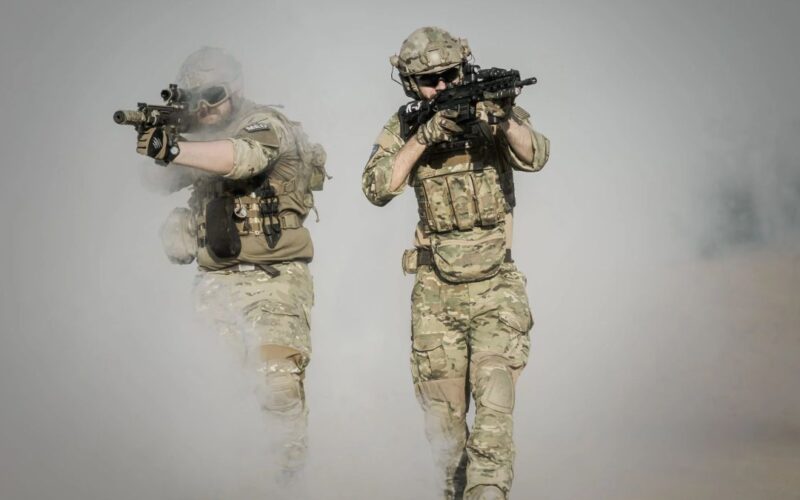In an unprecedented escalation of hostilities, Pakistan and Iran have exchanged missile and drone strikes on each other’s territories, marking a significant intensification of tensions between the neighboring nations. The tit-for-tat attacks on Tuesday and Thursday appeared to be aimed at two Baluch separatist groups with similar objectives on either side of the Iran-Pakistan frontier.
Background
The two countries share a volatile border, approximately 900 kilometers long, with Pakistan’s Balochistan province on one side and Iran’s Sistan and Baluchestan province on the other. Both nations have a history of combating militants in the restive Baloch region along the border. The recent strikes, however, reflect a highly unusual situation where each side targeted militants on the other’s soil, despite sharing a common separatist enemy.
Sequence of Events
The conflict began with Iran conducting strikes on Pakistan’s Balochistan province on Tuesday, resulting in casualties, including two children, according to Pakistani authorities. Iran claimed it targeted Iranian terrorists on Pakistani soil, sparking outrage in Pakistan and leading to accusations of an egregious violation of international law.
Pakistan retaliated two days later with highly coordinated and targeted precision military strikes on alleged separatist hideouts in Iran’s Sistan and Baluchestan province. The strikes were announced on Thursday, with Pakistan’s foreign ministry stating that several militants were killed. Iranian authorities reported casualties, including three women and four children.
Context and Timing
The border conflict between Pakistan and Iran is not new, with deadly clashes occurring regularly over the years. However, the willingness of both sides to strike targets across borders without prior communication is unprecedented. The regional context, including the ongoing conflict in Gaza and Iran’s proactive stance in targeting beyond its borders, may have contributed to the escalation.
Iran’s recent ballistic missile launches at Iraq and Syria, coupled with other conflicts involving Israel and the U.S., create a complex regional backdrop. Experts suggest that Iran’s dominant position in the Middle East and its pursuit of regional hegemony are factors driving its assertive actions.
Border Conflict Background
The Baloch people, residing at the crossroads of Pakistan, Afghanistan, and Iran, have a history of insurgency against rule by Islamabad and Tehran. The region, rich in natural resources, has seen separatist movements fueled by grievances over exploitation and a lack of wealth distribution.
Jaish al-Adl, a Sunni militant group operating within Iran, has claimed responsibility for various attacks, targeting Iranian security personnel, government officials, and Shia civilians. The group’s activities extend to both sides of the Iran-Pakistan border, aiming for independence for Iran’s Sistan and Baluchestan province.
Diplomatic Fallout and Future Outlook
The recent strikes have led to a diplomatic spat, with Pakistan recalling its ambassador from Iran and suspending high-level visits. Iran has demanded an immediate explanation from Pakistan. International responses vary, with India emphasizing the matter as bilateral and urging restraint, while China calls for de-escalation.
The situation remains fluid, and the potential for further hostilities raises concerns. While both nations have expressed a desire to avoid escalation, the unpredictability of the region and the complex web of conflicts could shape the future course of events.










